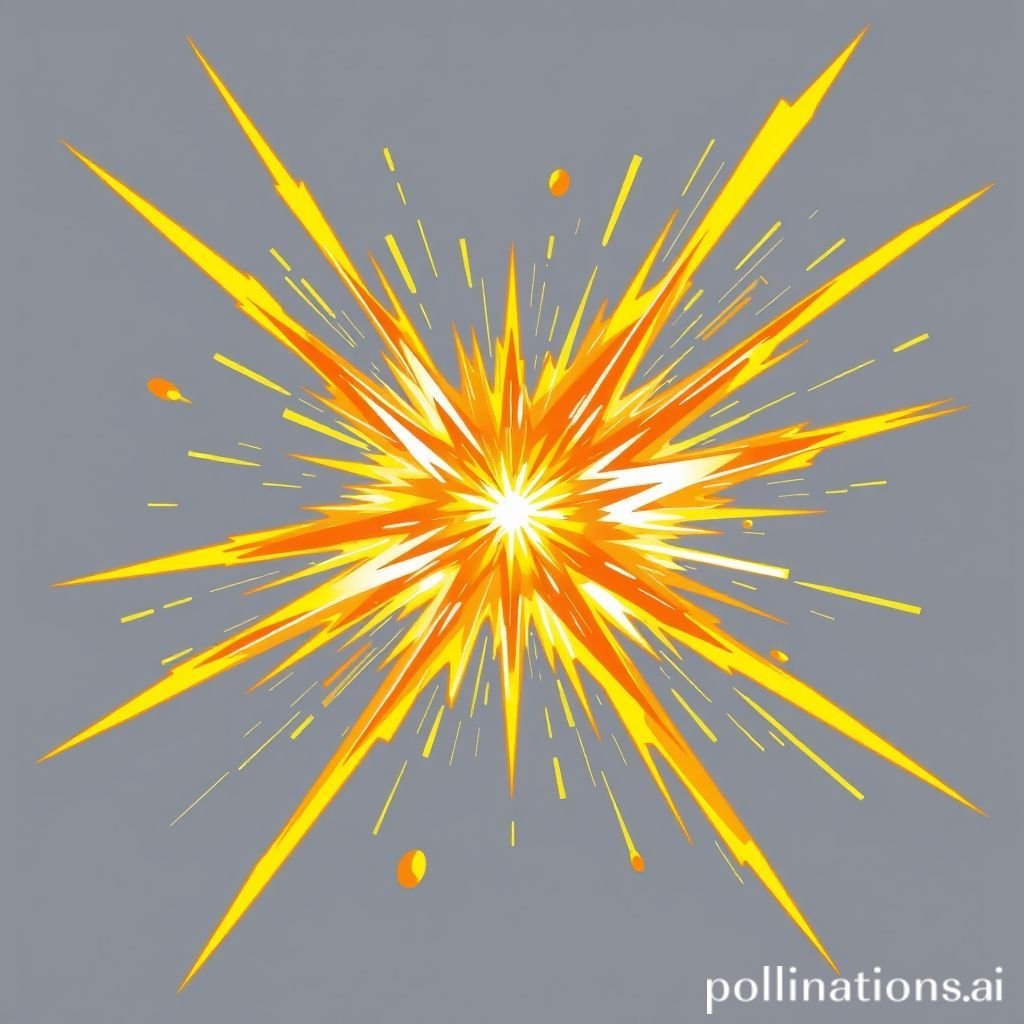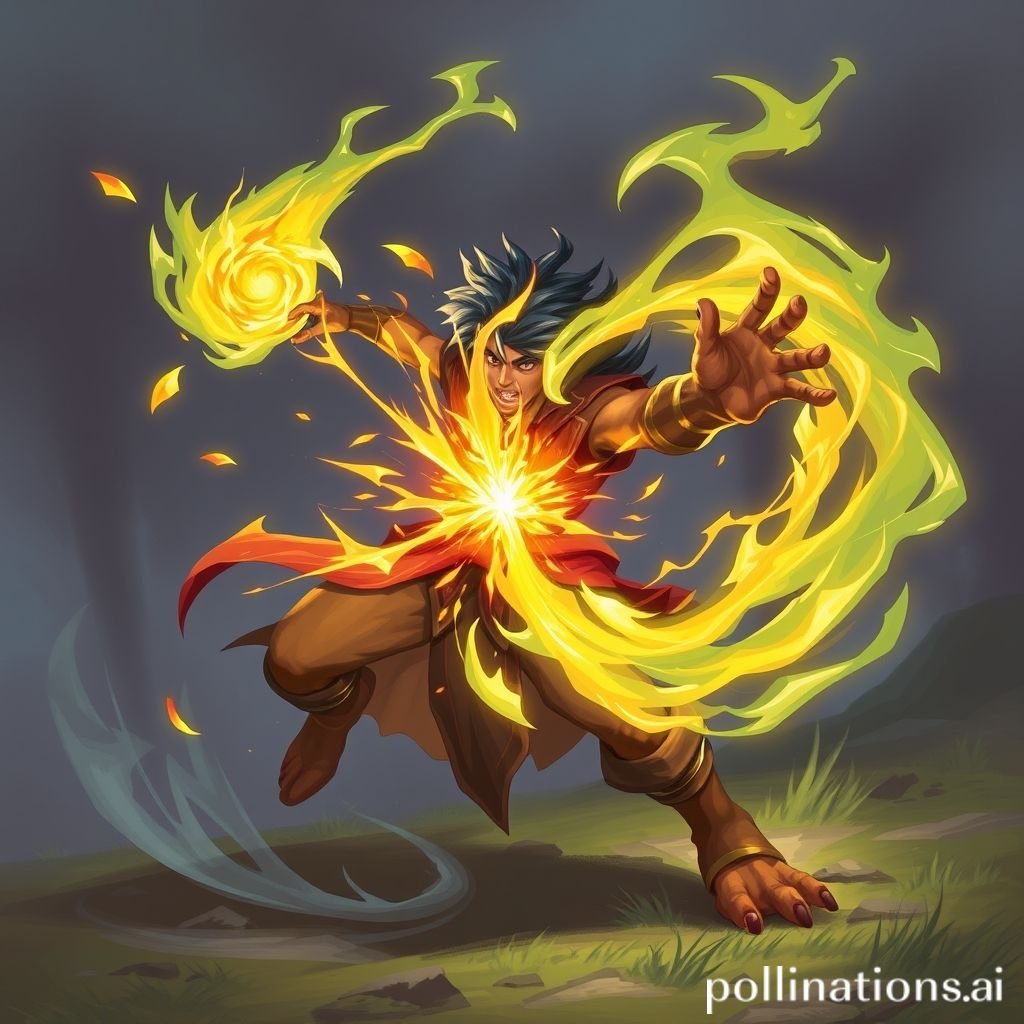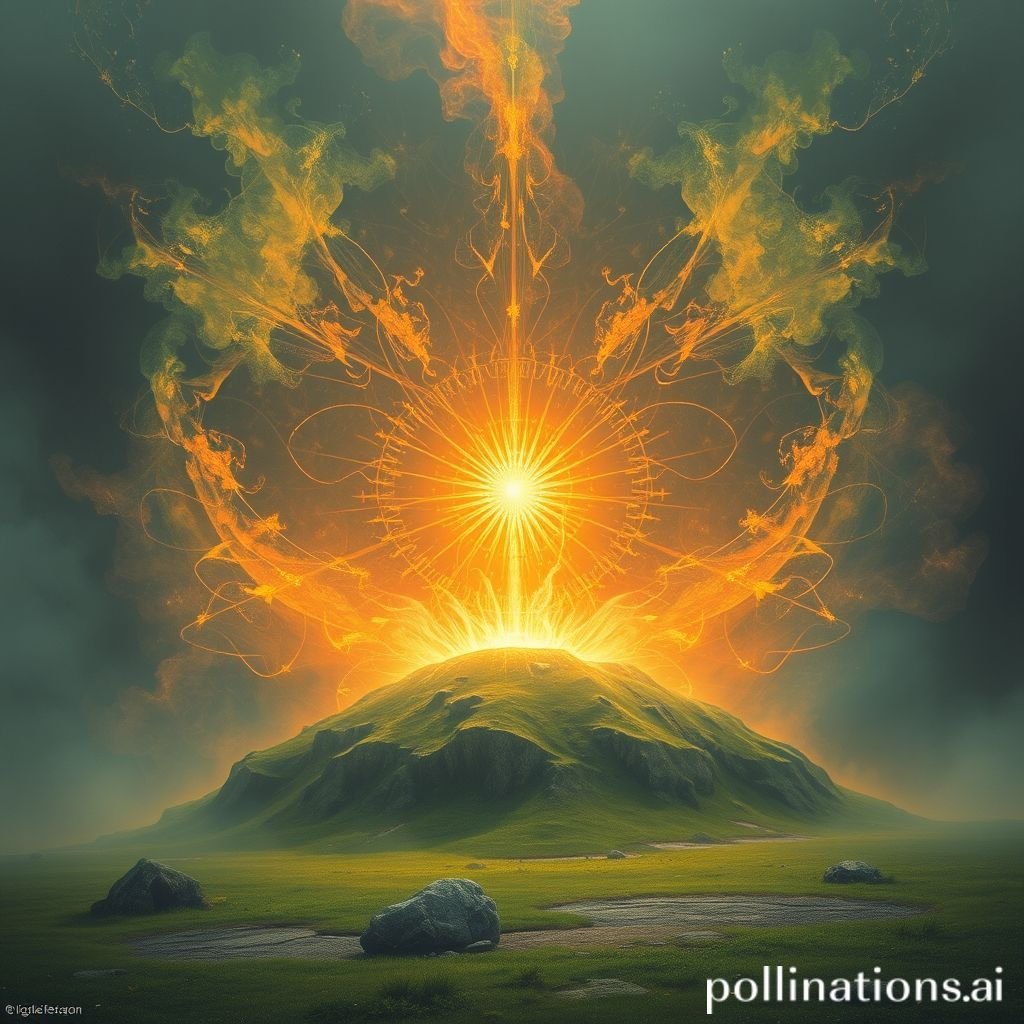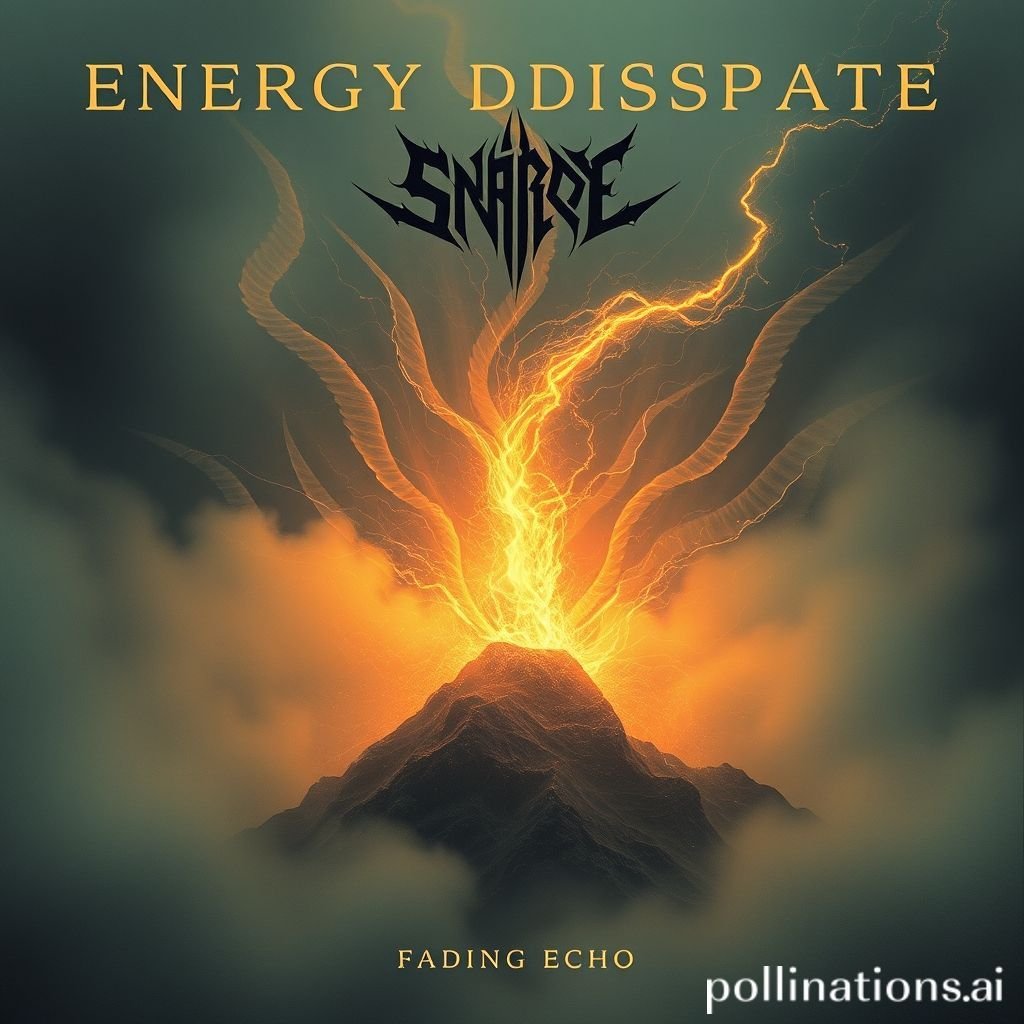Crafting the Perfect Energy Blast Sound Effect
Master the art of creating powerful energy blast sound effects. Explore techniques for anime attack and sci-fi weapon sounds, delivering forceful impact in your projects.
Introduction to the Sonic Power of Energy Blasts
The quintessential energy blast sound effect is more than just noise; it’s a crucial narrative device that conveys immense power, tension, and release in various media. From the searing beam of a futuristic sci-fi weapon to the devastating impact of a fantastical magic spell, a well-designed energy blast can define a character's power, escalate a conflict, and leave a lasting impression on the audience. Understanding the nuances of crafting a compelling energy blast is vital for sound designers aiming to elevate their projects. This article delves into the technical and creative aspects of producing these dynamic sonic events, ensuring your energy blast carries the forceful impact it deserves.
Applications in Media
The energy blast is a versatile audio effect, indispensable across numerous entertainment platforms. Its sonic footprint marks pivotal moments, from a hero's ultimate anime attack to the destructive discharge of an alien sci-fi weapon.
Industry-Specific Uses
In film and television, an energy blast often serves as a character’s signature move or the focal point of a large-scale confrontation. A crisp, powerful energy blast can make a special effect feel tangible and impactful, whether it's a laser beam cutting through space or a mystical bolt striking an enemy. For video games, the responsiveness and variety of energy blast sounds are critical for player feedback and immersion. Each energy blast needs to feel unique and satisfying, providing clear audio cues for hits, misses, and charging states. Animation, particularly Japanese anime attack sequences, relies heavily on exaggerated and stylized energy blast sounds to amplify dramatic effect, making the forceful impact of each strike palpable. Even in interactive experiences like VR, a spatially accurate energy blast contributes significantly to presence and believability.
Creative Techniques
Beyond its fundamental role, the energy blast allows for immense creative expression. Sound designers can manipulate its elements to convey different forms of energy: a shimmering, high-frequency energy blast might suggest pure, unadulterated power, while a low, guttural energy blast could indicate dark, chaotic energy. The type of energy blast also communicates the source – a mechanical sci-fi weapon produces a different sonic signature than a raw, magical energy blast. Adding unique textures, such as electrical sparks, resonating hums, or even distorted vocalizations, can give an energy blast distinct character. Consider the narrative context: is this energy blast a desperate last resort, a precision strike, or a chaotic area-of-effect ability? Each scenario demands a different sonic approach to its energy blast.
Technical Analysis
Dissecting the components of an energy blast is key to understanding how to build a truly compelling one. Every energy blast has a distinctive sonic fingerprint based on its waveform and frequency content.
Waveform Characteristics
A successful energy blast often exhibits a complex waveform. It typically begins with a sharp, transient attack phase – the initial "pop" or "whoosh" that signifies the instantaneous release of power. This is followed by a sustained body, which might be a continuous beam, a lingering hum, or a series of rapid pulses. Finally, the decay and release phase, often characterized by a fizzle, crackle, or a fading resonance, signifies the aftermath of the energy blast. The duration and intensity of each phase determine the perceived strength and type of the energy blast. A short, sharp energy blast indicates a quick, precise strike, while a longer, building energy blast suggests a powerful, sustained attack. Getting the perfect envelope for your energy blast is crucial for its perceived forceful impact.
Frequency Profile
The frequency profile of an energy blast is paramount to its effectiveness. A good energy blast typically spans a wide frequency range. Low frequencies provide the "thump" or "rumble" that conveys the immense power and physical impact of the energy blast. Mid-range frequencies carry the core character, defining the specific timbre—is it electrical, arcane, or raw kinetic energy? High frequencies contribute to the "zing," "sizzle," or "sparkle" that gives the energy blast its cutting edge and sense of speed. For example, a sci-fi weapon energy blast might emphasize high-frequency plasma crackles, whereas a magic spell energy blast could have more prominent mid-range harmonics and low-end thrums. Carefully sculpting the EQ of an energy blast ensures it cuts through a mix while maintaining its forceful impact.
Production Tips
Creating a high-quality energy blast involves a blend of creative sound design and technical execution. Whether you're recording or synthesizing, specific techniques can elevate your energy blast to professional standards.
Recording/Editing
While many energy blast sounds are synthesized, recording real-world elements can add unique organic textures. Consider recording high-voltage electrical sparks, pressurized air releases, or even the crackle of dry ice. These raw sonic elements can form the foundation or provide subtle layers for your synthetic energy blast. When editing, precise transient shaping is key. Use gates and expanders to tighten the attack and create punch. Careful slicing and crossfading of different elements can build a complex energy blast that evolves over time. Don't underestimate the power of reverse elements; a reversed cymbal crash or whoosh can create an excellent build-up to an energy blast. Experiment with pitch shifting and time stretching to morph recorded sounds into something otherworldly, perfect for an anime attack or a unique sci-fi weapon.
Software Tools
Digital Audio Workstations (DAWs) like Ableton Live, Logic Pro, or Pro Tools are essential for assembling and mixing your energy blast. Synthesizers, both subtractive and FM, are invaluable for generating the core tones of an energy blast. Synths can produce clean, precise waveforms for the initial "zap" or the sustained hum. Wavetable synthesizers can create evolving textures for the body of the energy blast. Effect plugins are your best friends:
- Distortion/Saturation: Adds grit and power to an energy blast, making it sound more aggressive.
- Reverb/Delay: Creates a sense of space and scale, making the energy blast feel larger and more impactful.
- Compression: Tames dynamics and enhances the forceful impact of the energy blast.
- EQ: Shapes the frequency profile, ensuring the energy blast sits well in the mix.
- Granular Synthesis: Excellent for creating unique, shimmering textures for a mystical magic spell energy blast. Remember to save your custom patches and chains for future energy blast creations. You can find many pre-designed energy blast sounds and tools at resources like Pro Sound Effects.
Creative Implementation
A truly outstanding energy blast isn't just about the sound itself but how it's integrated into the sonic landscape. Dynamic implementation brings an energy blast to life.
Layering Methods
Layering is perhaps the most critical technique for designing a complex and powerful energy blast. A typical energy blast might consist of:
- A source layer: The fundamental tone or pitch of the energy blast.
- A transient layer: A sharp "pop," "snap," or "click" for the initial attack.
- A whoosh/movement layer: Adds a sense of speed and trajectory for the energy blast.
- A debris/impact layer: Sounds like glass shattering, metal clanging, or ground rumbling for the forceful impact.
- A magical/sci-fi texture layer: Subtle sparks, plasma hums, or mystical chimes that define the energy blast's origin. By carefully balancing the volume and timing of each layer, you can create an energy blast that is rich, detailed, and believable, whether it's an anime attack or a formidable sci-fi weapon discharge. Consider using different variations of each layer to create a unique energy blast every time.
Spatial Effects
The perceived location and movement of an energy blast dramatically enhance its realism and impact. Panning and stereo imaging can place an energy blast precisely within the stereo field, making it feel like it's coming from a specific direction. For a sense of depth, use reverb and delay to simulate distance; a distant energy blast will have more reverb and less high-frequency content. Automation of parameters like volume, EQ, and reverb over time can make an energy blast travel across the screen or build in intensity. For example, an energy blast that travels from left to right would have its volume pan accordingly, possibly with a subtle Doppler effect applied. This dynamic spatialization ensures the energy blast feels like a physical phenomenon within the virtual world. When designing a forceful impact, consider the environmental acoustics. Does the energy blast occur in an open field or a confined chamber? The reflections and reverberations will greatly influence the perceived power of the energy blast.
Sound Pack Integration
High-quality, pre-made energy blast sounds can be a massive time-saver and provide a professional baseline for your projects.
Using with Other Sounds
Integrating a pre-designed energy blast from a sound pack into your project requires careful consideration of the surrounding soundscape. An energy blast needs to sit well alongside music, dialogue, and other sound effects without overpowering or getting lost. You might need to apply slight EQ adjustments to help the energy blast cut through the mix or add a touch of compression to ensure its forceful impact is felt. Layering additional, subtle elements like subtle wind whooshes, character grunts, or environmental debris sounds can help an existing energy blast feel more organic and tailored to your specific scene, whether it's an anime attack or a magic spell. Exploring Related energy blast sounds can help you find variations that perfectly complement your existing audio elements.
Complete Collection
To truly master the sonic arsenal for your projects, a comprehensive collection of energy blast sound effects is invaluable. Such packs often include various types of energy blast sounds – from short zaps and explosive bursts to sustained beams and powerful forceful impact effects. Having a diverse library ensures you have the right energy blast for every scenario, whether it's a subtle magic spell or a colossal sci-fi weapon discharge. This saves countless hours of design work and provides high-fidelity audio ready for immediate use. A complete collection not only offers multiple variations of the core energy blast but also often includes accompanying elements like charge-ups, dissipations, and impacts, allowing for a fully realized sonic sequence. For comprehensive audio solutions, you can Get the full sound pack to elevate your sound design capabilities. This will ensure you always have the perfect energy blast at your fingertips.
FAQ
Q1: What are the key components of a good energy blast sound effect? A1: A good energy blast typically includes a sharp attack (the initial "zap"), a sustained body (the "beam" or "hum"), and a decay/release (the "fizzle" or "fade"). Layers like whooshes, impacts, and unique textures contribute to its overall forceful impact.
Q2: How do you make an energy blast sound powerful? A2: To make an energy blast sound powerful, focus on a strong low-end, emphasize transients, use saturation or distortion to add grit, and apply compression to enhance its punch. Layering multiple elements also increases its perceived power and forceful impact.
Q3: Are energy blast sounds different for anime attack versus sci-fi weapon? A3: Yes, an anime attack energy blast might be more exaggerated and stylized, often incorporating melodic elements or high-frequency chimes. A sci-fi weapon energy blast tends to be more grounded, with electrical zaps, plasma hums, and mechanical elements, emphasizing a realistic forceful impact.
Q4: Can I create an energy blast using only synthesizers? A4: Absolutely! Synthesizers are excellent for generating the core tones, sweeps, and textural elements of an energy blast. Combining different synthesis methods (subtractive, FM, granular) with effects like distortion, reverb, and pitch shifting allows for endless energy blast variations.
Q5: How important is spatialization for an energy blast sound? A5: Spatialization is crucial. Using panning, volume automation, and effects like reverb and delay helps an energy blast feel like it's moving through space and coming from a specific direction, enhancing immersion and the feeling of a forceful impact.






